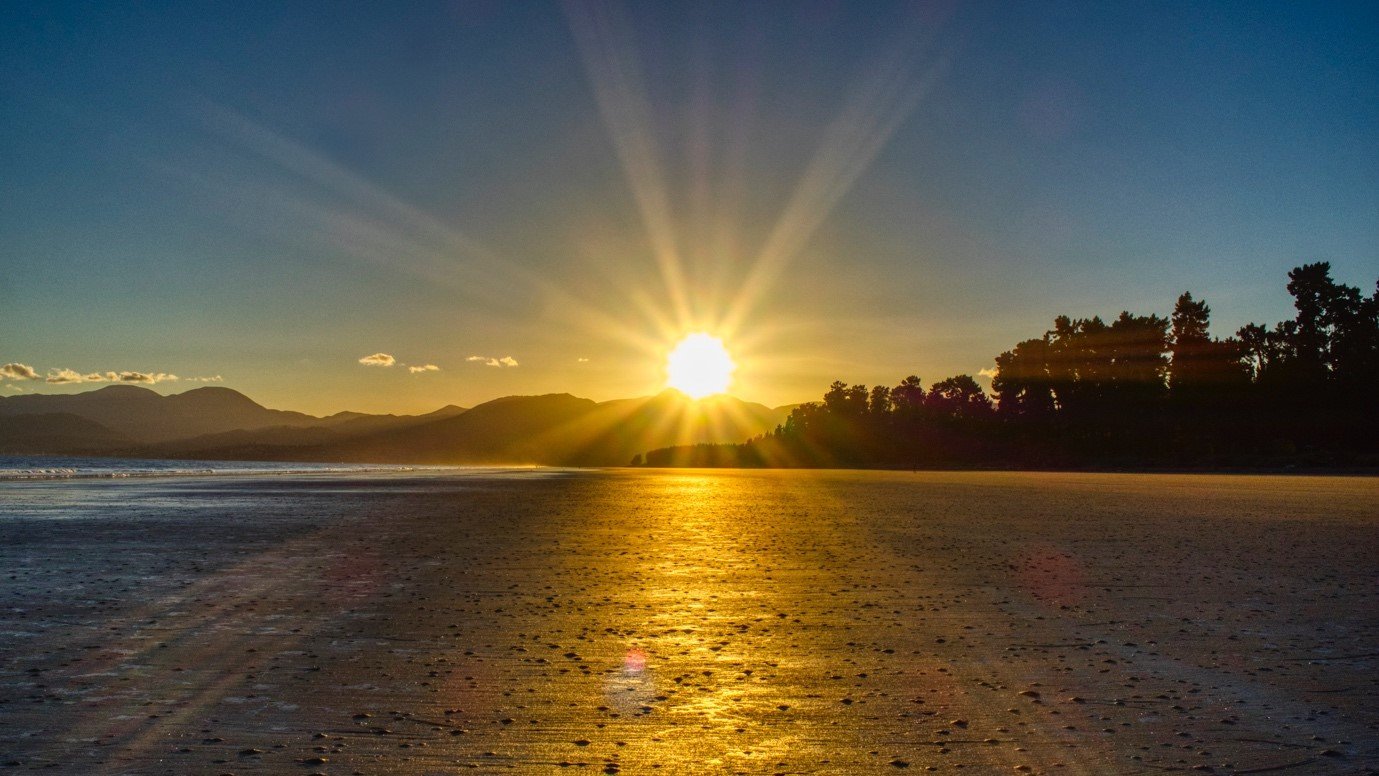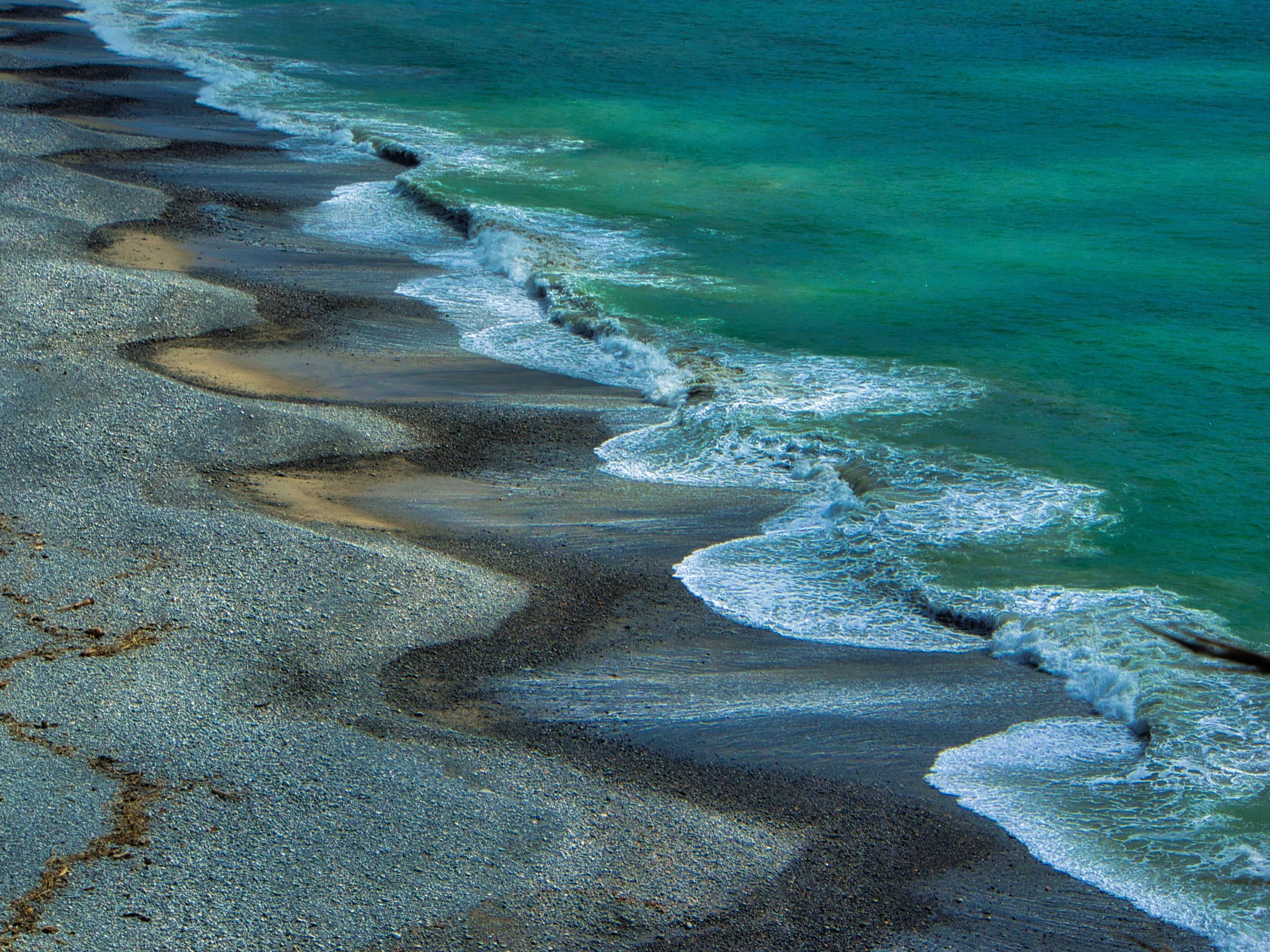Photography is My Meditation
I turned to the camera as a way to cope with anger and depression. Photography became a kind of therapy, and time alone with the camera soothed my pain, at least temporarily. Eventually I realised the price of anger was too high, and looked for a way to release it. After a long search with many blind alleys, I eventually learned to meditate. This has allowed me to experience much more of life’s pains and joys without falling so frequently into old reactive patterns.
Meditation is the cultivation of attention, a skill honed through practice, much like playing an instrument. Here’s is my favourite explanation of how to cultivate attention by Ken McLeod:
Start with the sensation of breathing. Be aware of your breathing. Expand from there to include all your sensations, what you touch, see, hear smell and taste. Then open to all your internal material – your thoughts, emotions, beliefs and attitudes. Many of them disagree with each other, but don't worry about that. Just open to all of them. As you do this you begin to get a sense of your field of experience. You may think of some parts of it as internal and others as external, but it's all experience. Open to your whole field of experience. Then open your heart to that whole field. Rest in the experience. When you can rest there, pose the question, "What experiences this?" When you pose that question, you'll experience a shift, into the experience of awareness itself. Don’t try to answer that question. That will plunge you into conceptual thinking. Just ask the question, experience the shift, and rest there.
These instructions are meant to be practiced bit by bit, over and over again. Over the years I’ve come across much photographic advice that points in the same direction, but I especially appreciate the writings of Freeman Patterson and Howard Zehr. In Photography and the Art of Seeing, Freeman talks about letting go of self as “an essential precondition to real seeing.” Taking this further, he says:
Seeing, in the finest and broadest sense, means using your senses, your intellect and your emotions. It means encountering your subject matter with your whole being.
Howard Zehr goes even further in The Little Book of Contemplative Photography, with explicit comments about photography as a meditative practice:
To fully experience photography as a way of seeing and as a meditative exercise, an attitude of genuine receptivity and openness is required. Some call this approach mindfulness. Mindfulness involves a rejection of preconceived ideas and expectations combined with a cultivated attitude of openness to whatever we might receive.
Some years ago I participated in a meditation retreat led by Stephen Batchelor. In Stephen I encountered a photographer with a lifetime of meditation experience. He connected insights from these two practices in a powerful way. Stephen noticed that both photography and meditation are practices of attention that shift us from a habitual view of the world to an appreciation of the unique nature of each moment. He also appreciated the special significance of light to meditators and photographers, and pointed out the inseparability of light and what it illuminates.
Some raise their eyebrows at the idea of photography as meditation because they see photography as an activity that requires a lot of thinking. The renowned photographer David Vestal speaks directly to this:
When you’re thinking about what to do, you don’t have enough attention left over to see what’s around you.
I've taken his advice very seriously. The paring down of my photographic kit to essentials and becoming intimately familiar with those has been key to ensuring I have enough attention available to see rather than think. I’ve achieved this by committing to the conveniently small and light Olympus mirrorless system plus an iPhone, and to using my Oly with two core lenses (the Leica DG Summilux 25/F1.4 and the Olympus M.Zuiko Digital ED 12-40mm f/2.8 Pro).
Here's a sample of the images that emerged from joining my photography and meditation.
I enjoy making images that emulate the photographers I admire. Albert Watson inspired this one. The contours and tones of this winding road in foggy weather invited me to take a long look.
Aniseed Valley Road
[Olympus OMD EM1 45 mm f/5.6 1/100 s ISO 200]
The Ngakawau Gorge daisy grows only in one gorge on the West Coast of Te Waipounamu. Its bloom is ephemeral, like the miniature waterfall on the rockface where it clings, a reminder of the impermanence of all things.
Celmisia morganii
[Olympus OMD EM1 35 mm f/5.6 1/4 s ISO 200]
The layers and intricacy of the nikau , harakeke and other plant life on this lakeshore are a visual analogy for the complex and interconnecting strands of Papatūānuku and her wonderful designs, inviting our humility and respect.
Kaikoha Shore
[Olympus OMD EM5 33 mm f8.0 1/160 s ISO 200]
The sun’s rays at dawn and the collision of ocean waves with the rocky shore at Mokihinui remind me of the power and turbulence of nature.
Sun Power
[Olympus OMD EM1 17 mm f/11 1/800 s ISO 200]
Mokihinui
[Olympus OMD EM1 14 mm f/5.6 1/1600 s ISO 200]
The shapes of kelp and mussels inspired this public artwork, overlooking the Nelson Haven. It evokes a sense of being enfolded and nurtured by the place I call home.
Haven
[Olympus OMD EM1 40 mm f/5.6 1/200 ISO 200]
These images reflect the wonder and mystery of working with a camera to see deeply, invoke gratitude and peace, and cultivate sustainability in my life.
I joined Ecosystems Photography to add my voice and actions to the cultivation of sustainability, our collective responsibility, but also just for me –for my own wellbeing. Finding sustainable lifeways starts within, and from deep inside we touch others. I hope my photographs invite you to take time for contemplation, and inspire your own sustainability journey.
About the author
Ann Wheatley is a researcher and photographer based in Nelson, New Zealand. Recent projects include writing for Olympus Passion magazine, promoting the Nature First principles for photographers, curating images by whanāu living in the Te Tau Ihu, the top of the South Island, and most recently, founding and curating the upcoming Earth Emotions Photography Exhibition, hosted by the Nelson Tasman Climate Forum.
Please Join the Conversation!
But before you add your comments below, please rate your overall response to the blog by clicking one of the options below!








